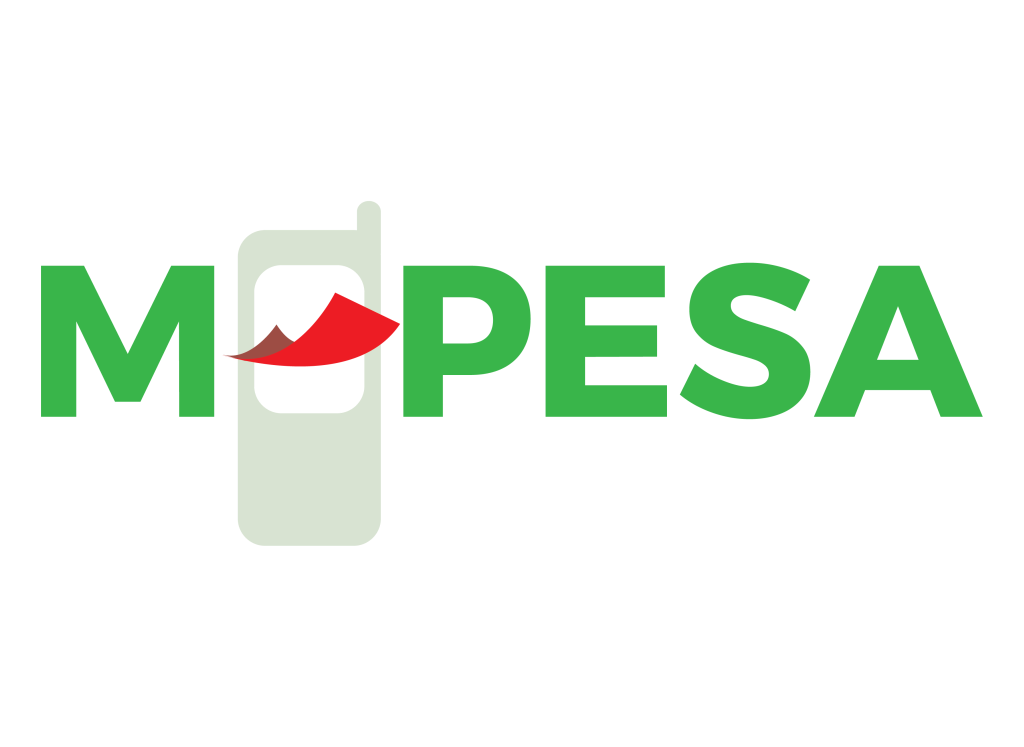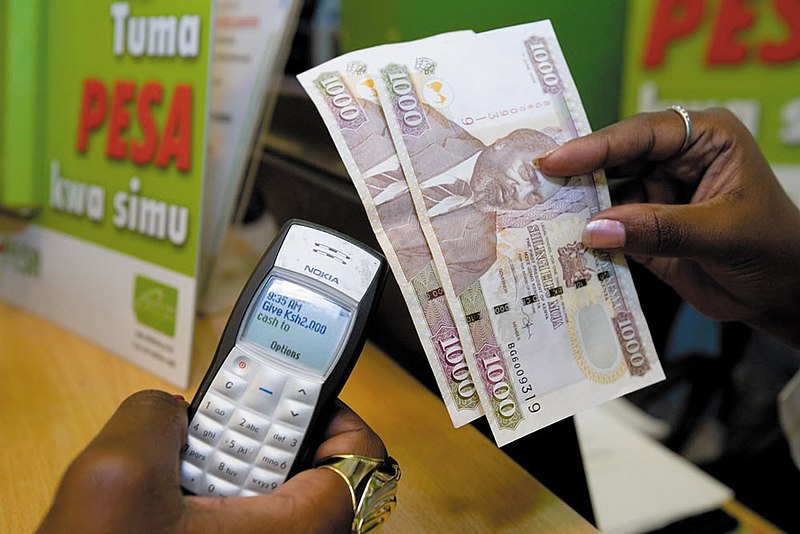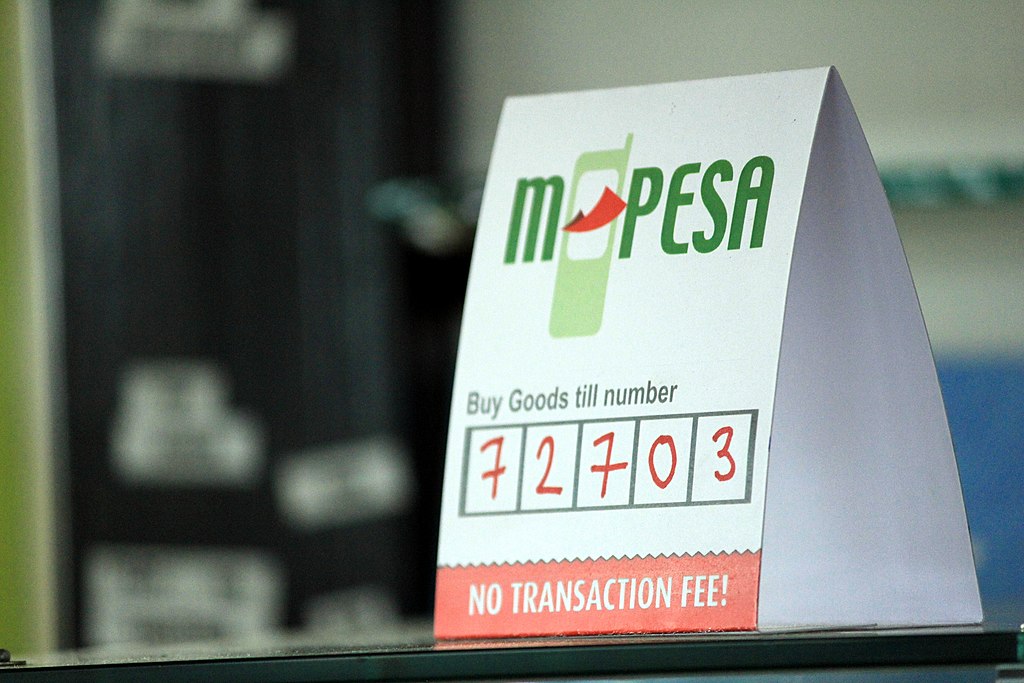MPESA Charges 2023: Safaricom Rates, Tariffs and Fees

In this guide, we give you a detailed breakdown of the MPESA charges that you will incur in 2023.
What is M-PESA?
MPESA (also referred to as M-Pesa) is a mobile money transfer service operated by Safaricom. Additionally, MPESA users can store money in their MPESA wallet and take out loans.
MPESA is the most used mobile money transfer solution in Kenya. Beyond Kenya, the service is available in countries like Tanzania, Ghana, DRC, Mozambique, Lesotho, and Egypt. What’s more, they have also expanded their footprint beyond Africa to countries such as Albania, Afghanistan, India, and Romania.
Furthermore, partnerships with banks such as the Kenya Commercial Bank and NCBA enable users to borrow and save money. As of 2019, MPESA had more than 30 million active users in Kenya and 31.4 million users outside Kenya.
How to Set Up an M-PESA Account
Using MPESA is a straightforward process. However, before you get started, you will need a Safaricom SIM card.
Once you have the SIM card, you will need to visit an authorised MPESA agent with a valid registration document. This could be your national ID card, passport, military ID, or foreigner certificate. Fortunately, registering for MPESA is free of charge.
Once registered, there are two ways that you can access MPESA services on your phone. Either through the Safaricom SIM toolkit on your phone under the MPESA menu or through the Safaricom application.
The Safaricom application can be downloaded from Google Play Store for Android users or Apple Store for Apple users.
How to Use M-PESA
MPESA is a versatile mobile money system. As a result, there is a lot you can do with MPESA.
Below are some of the things you can do using MPESA:
- To send money, you will need to go to the “Send Money” option under the MPESA menu and key in the recipient’s phone number, the amount you want to send and key in your four digit MPESA PIN and proceed to confirm the transaction
- To withdraw cash, you will have to visit your local authorised MPESA agent. Then, select the “Withdraw Cash” option under the MPESA menu and key in the agent’s number, the amount you wish to withdraw, and your MPESA PIN
- To buy airtime, go to MPESA menu and tap on the “Buy Airtime” option. If you are buying airtime for yourself, select the option for “My Phone” and key in the amount then your PIN. Conversely, if it’s for someone else, select the “Other phone” option and key in their number, amount and PIN
- You can also pay for bills using MPESA. For this, go to “Lipa na MPESA” option and select “Pay Bill”. Then, key in the pay bill number of the service provider, account number, amount you wish to pay followed by your PIN.
- To pay for goods at a restaurant or supermarket, go to “Lipa na M-PESA”, select “Buy Goods and Services.” Next, key in the vendor’s till number, amount you want to pay followed by your PIN. Unlike the “Pay Bill” option. However, the “Buy Goods and Services” option is free of charge for the customer but not for the vendor or merchant.
You can also deposit money to your MPESA free of charge by visiting an MPESA agent with the document you used to register for MPESA. Additionally, you can save and borrow money via M-Shwari or KCB MPESA services. Moreover, using MPESA Global, you can send money globally.
A Breakdown of M-PESA Charges in 2020
MPESA charges occur whenever you send or withdraw money through an authorised Safaricom agent or ATM. Moreover, charges apply regardless of whether you are sending money to a registered or unregistered user. However, it is costlier to send money to an unregistered MPESA user. Fortunately, buying airtime for your phone or for others via MPESA is free.
Below is a table with the current breakdown of the various MPESA charges in 2020:
| Min (Kshs.) | Max (Kshs.) | Withdrawal from M-PESA agent | Transfer to unregistered users | Money Transfer to other M-PESA users | Transfer to other mobile money users |
| 1 | 49 | N/A | N/A | Free | N/A |
| 50 | 100 | 10 | N/A | Free | N/A |
| 101 | 500 | 27 | 45 | Free | 11 |
| 501 | 1,000 | 28 | 49 | Free | 15 |
| 1,001 | 1,500 | 28 | 59 | 26 | 26 |
| 1.501 | 2,500 | 28 | 74 | 41 | 41 |
| 2,501 | 3,500 | 50 | 112 | 56 | 56 |
| 3,501 | 5,000 | 67 | 135 | 61 | 61 |
| 5,001 | 7,500 | 84 | 166 | 77 | 77 |
| 7,501 | 10,000 | 112 | 205 | 87 | 87 |
| 10,001 | 15,000 | 162 | 265 | 97 | 97 |
| 15,001 | 20,000 | 180 | 288 | 102 | 102 |
| 20,001 | 35,000 | 191 | 309 | 105 | 105 |
| 35,001 | 50,000 | 270 | N/A | 105 | 105 |
| 50,001 | 150,000 | 300 | N/A | 105 | 105 |
Before the first case of COVID-19 was reported in Kenya in March 2020, the maximum limit per transaction was capped at Ksh. 70,000. Back then, the maximum amount you could send for free to other MPESA users was Ksh. 100. Additionally, the maximum daily limit was capped at Ksh. 140,000.
However, in the face of COVID-19, Safaricom increased the maximum amount per transaction to Ksh. 150,000. Additionally, the maximum daily limit is now capped at Ksh. 300,000. In the same light, the maximum an MPESA user can hold in their account currently stands at Ksh. 300,000 up from Ksh. 100,000. Moreover, users are able to transfer up to Ksh. 1,000 free of charge.
M-PESA ATM Withdrawal Charges
| Min (Kshs.) | Max (Kshs.) | M-PESA charges |
| 200 | 2,500 | 34 |
| 2.501 | 5,000 | 67 |
| 5,001 | 10,000 | 112 |
| 10,001 | 20,000 | 197 |
MPESA helps make life easier. However, it is still important to keep track of your Safaricom MPESA charges.


Magic Eden Has Quietly Become the Best Ethereum NFT Marketplace

Samara Asset Group Launches Bitcoin CPI (BTCCPI)

Introducing Noones – Africa’s P2P Super App

Why Crypto’s Leading the Way in Africa’s Evolving Finance Landscape

The Rise of Bitcoin in the Online Gaming World

Unlock the Thrills of NHL Crypto Betting and Live Streaming

Understanding the Impact of Cryptocurrency Volatility on NBA Betting Markets

The Future of Crypto College Football Betting: Trends and Predictions

How Mobile Apps are Changing Sports Betting




